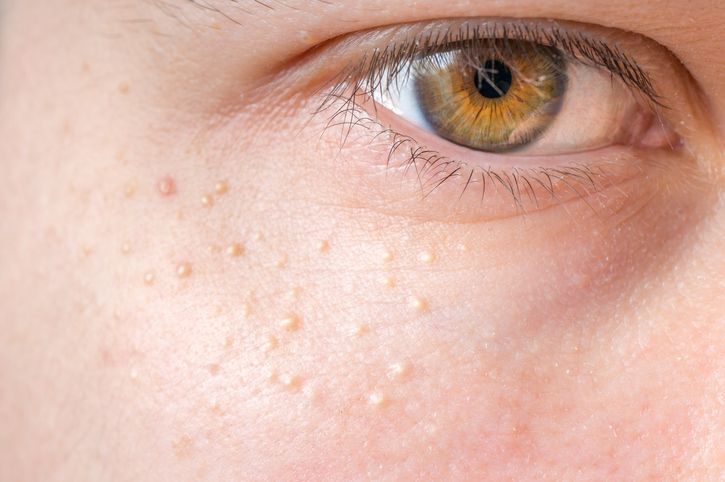- Home
- Trend
- Weight Loss Strategies
- Acne Tips
- Hair Health Information
- Blemish Removal Tips
- Acne Scar Removal Tips
- Muscle Building Techniques
- Intimate Care Tips
- Postpartum Intimate Care
- Eye Bags Wiki
- Tips for Face Slimming
- Secret of Permanent Hair Removal
- Breast Enlargement Tips
- Cure to Snoring
- Marionette Lines
- Skin-Tightening Secrets
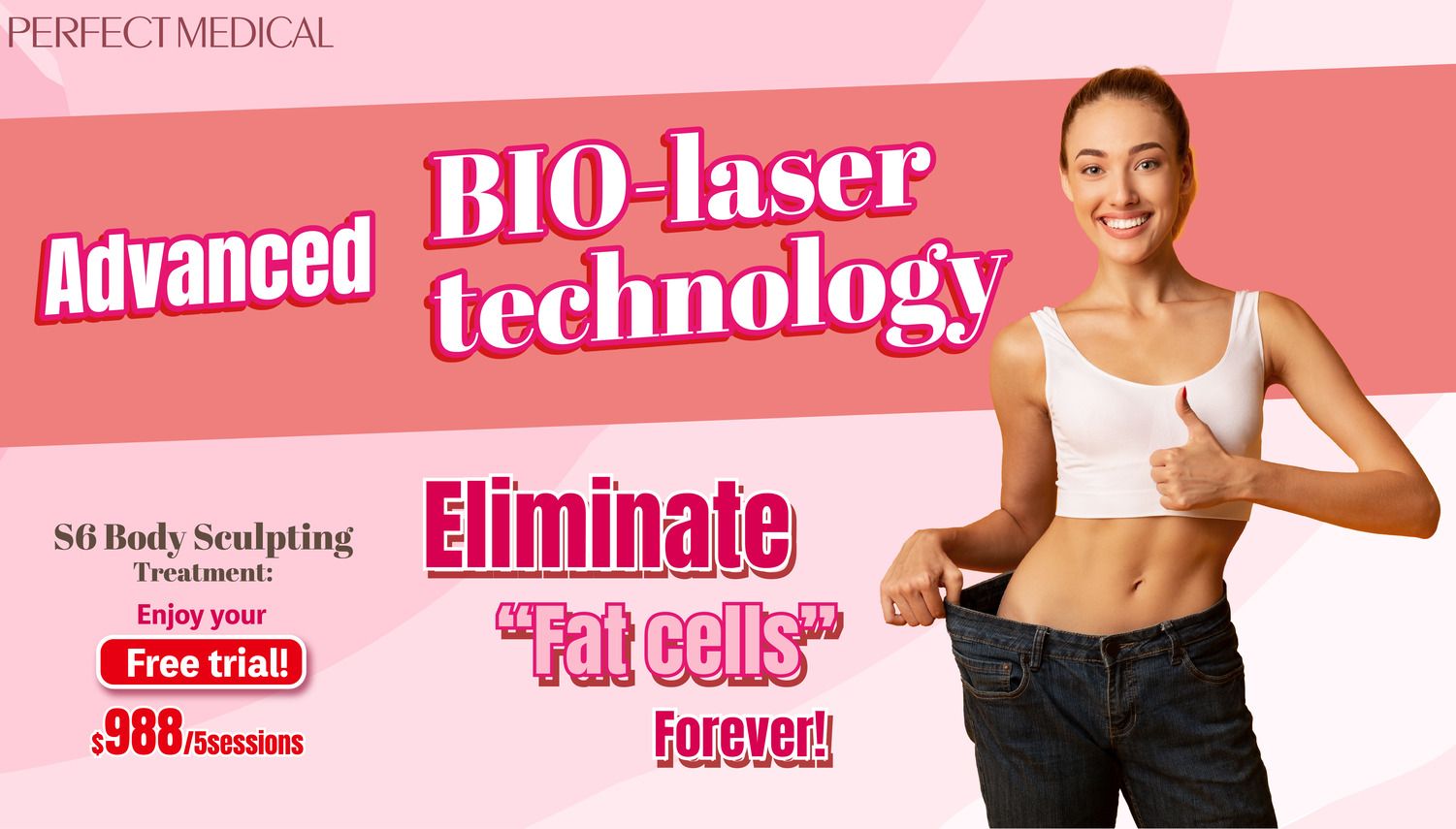
免費體驗
S6 Body Sculpting Treatment
1 Minute Self-Registration
Date should not be before minimal date
Body sculpting helps you lose stubborn fat quickly and easily! Learn the science, pros, cons and more of the top 6 (non)surgical body contouring treatments.
1
What is Body Sculpting?

2
Surgical VS Nonsurgical Body Sculpting Treatments
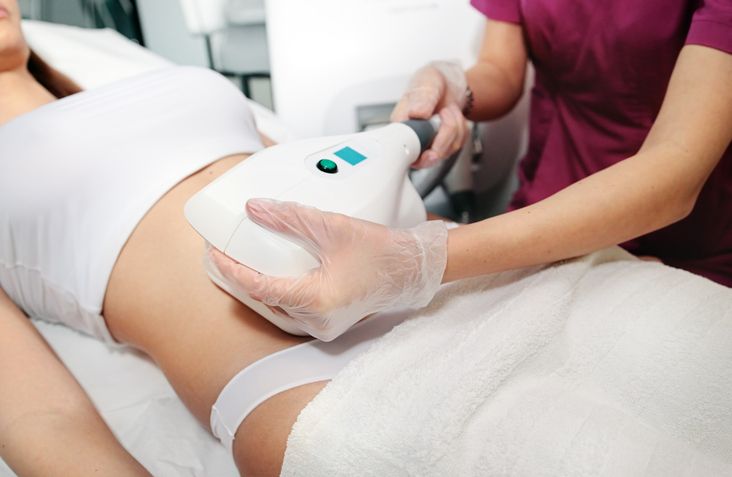
- Sugar and Weight Loss: Break Free from Sugar Addiction and Achieve Your Weight Loss Goals with These Simple Tips
- Green Tea for Weight Loss: 4 Health Benefits + How to Drink It for Slimming Results!
- Weight Loss Goals with Ozempic: Should You Do It?
- 1-Week 1200 Calorie Whole Day Meal Plan for Weight Loss: Science, Pros, and Cons
3
5 Most Tried-and-True Body Contouring Treatments
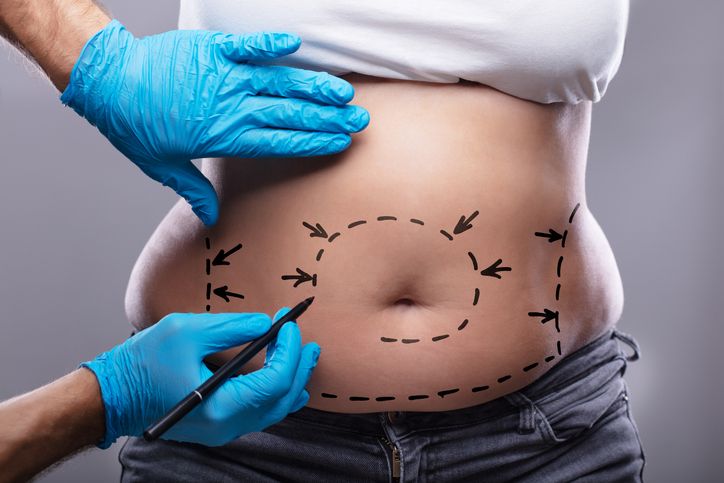
Liposuction
Abdominoplasty (Tummy Tuck)
Cryolipolysis
Radiofrequency (RF) Fat Loss
Ultrasound Fat Reduction
Laser Melting
4
S6 Body Sculpting Treatment: Fast, Easy Fat Loss Is Your Reality!
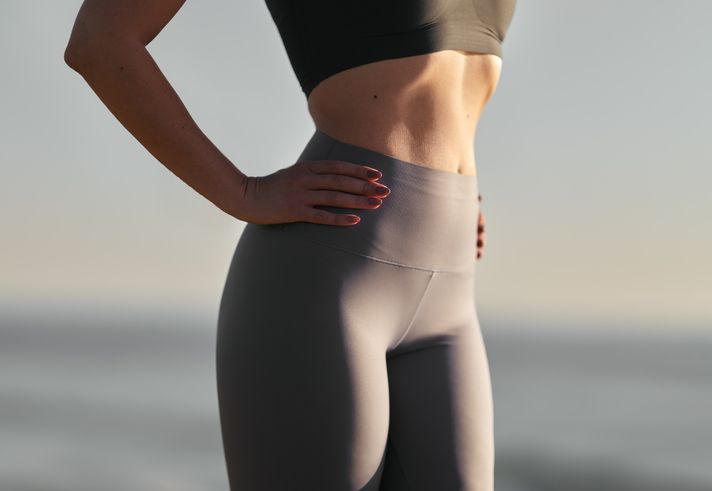

免費體驗
S6 Body Sculpting Treatment
1 Minute Self-Registration
Date should not be before minimal date
5
How to Choose Between Surgical and Non-Invasive Body Contouring Methods?

Understand Your Goals
Assess Your Health Status
Consider the Downtime and Recovery
Evaluate the Longevity of Results
Weigh the Risks and Side Effects
Consider the Cost
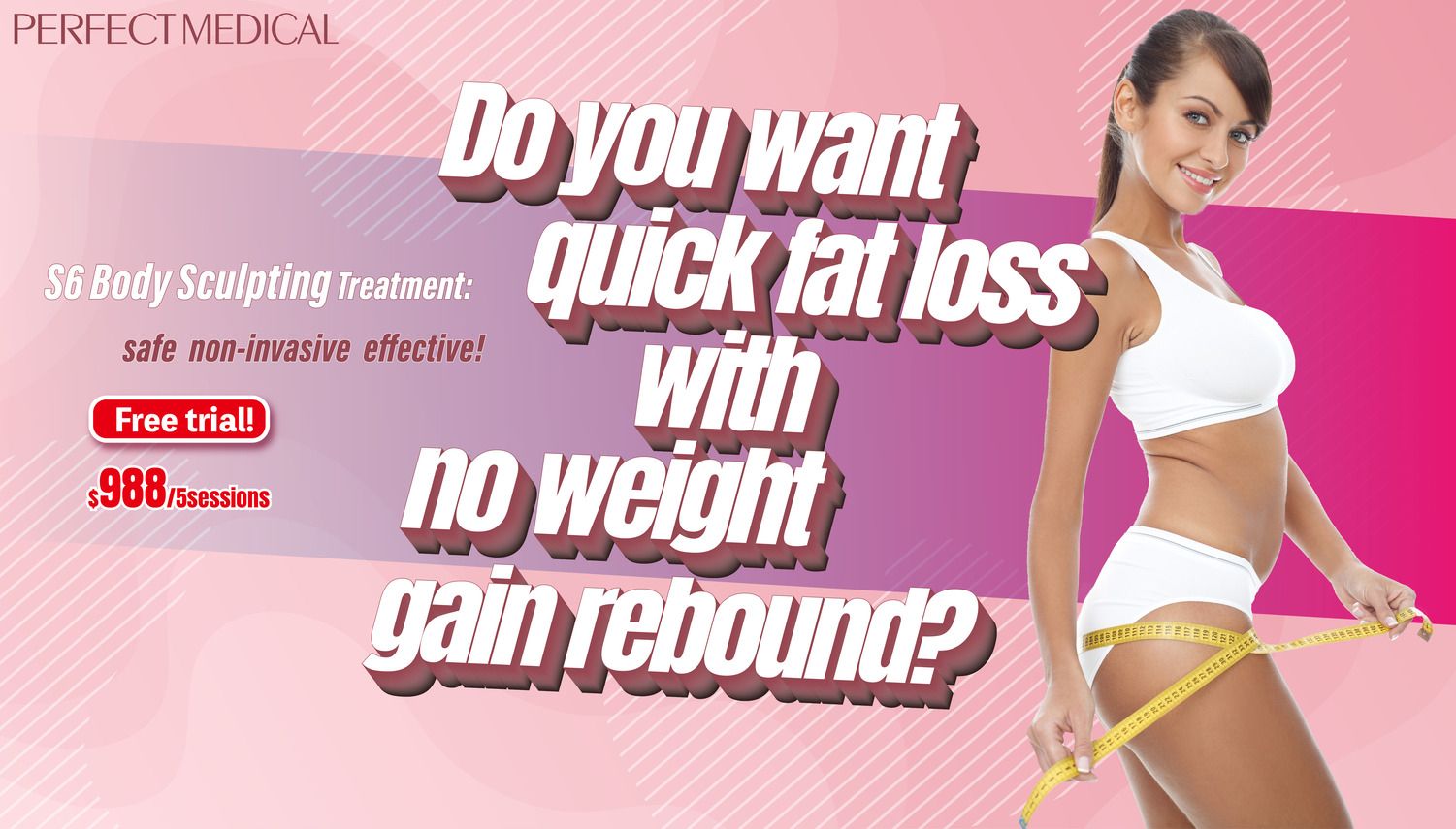
免費體驗
S6 Body Sculpting Treatment
1 Minute Self-Registration
Date should not be before minimal date
FAQ

What is body sculpting?
Body sculpting refers to procedures that reshape and contour specific areas of the body by removing excess fat and tightening the skin. Techniques range from surgical methods like liposuction to non-invasive treatments like cryolipolysis and ultrasound therapy.
Is body sculpting safe?
Body sculpting procedures are generally safe when performed by qualified professionals. Surgical methods carry higher risks, including infection and scarring, while non-invasive treatments have fewer side effects, such as temporary redness and swelling.
What is Perfect Medical's S6 Body Sculpting Treatment?
Perfect Medical’s S6 Body Sculpting Treatment is a non-invasive procedure using advanced bio-laser technology to target and break down fat cells. The treatment also employs vacuum suction technology to enhance lymphatic drainage, promoting natural elimination of fat cells without incisions, injections, or anesthesia.
How is Perfect Medical's S6 Body Sculpting Treatment better than surgical body contouring treatments?
Perfect Medical’s S6 Body Sculpting Treatment is better than surgical body contouring treatments because it is non-invasive. It requires no incisions, anesthesia, or recovery period, minimizing the risk of complications. Patients can resume daily activities immediately after each session, making it a convenient and safer alternative.
How is Perfect Medical's S6 Body Sculpting Treatment better than other non-surgical body contouring treatments, including other laser fat loss treatments?
The S6 Body Sculpting Treatment is superior to other non-surgical body contouring methods due to its combination of bio-laser and vacuum suction technology. This dual approach enhances lymphatic drainage and ensures thorough speedy and complete elimination of fat cells. The ultra-fast laser beams greatly reduce the chance of skin burn and post-inflammatory hyperpigmentation, commonly seen from other laser treatments. S6 offers effective fat reduction with no risks and recovery period, setting it apart from other treatments.








